The Perfect Storm of Corruption

When Prohibition kicked off in 1920, something unexpected happened. Instead of creating a moral society, it basically opened the floodgates to one of the most corrupt periods in American history. The numbers tell a shocking story – at the national level, Prohibition cost the federal government a total of $11 billion in lost tax revenue, while costing over $300 million to enforce. This massive financial strain created desperate conditions that made corruption almost inevitable.
Think about it – suddenly thousands of law enforcement officers were tasked with enforcing a wildly unpopular law, while criminal organizations were making millions. The stage was set for what would become one of the most systematic corruption schemes in U.S. history. The sums of money being exchanged during the dry era proved a corrupting influence in both the federal Bureau of Prohibition and at the state and local level.
Police Departments: Bought and Paid For
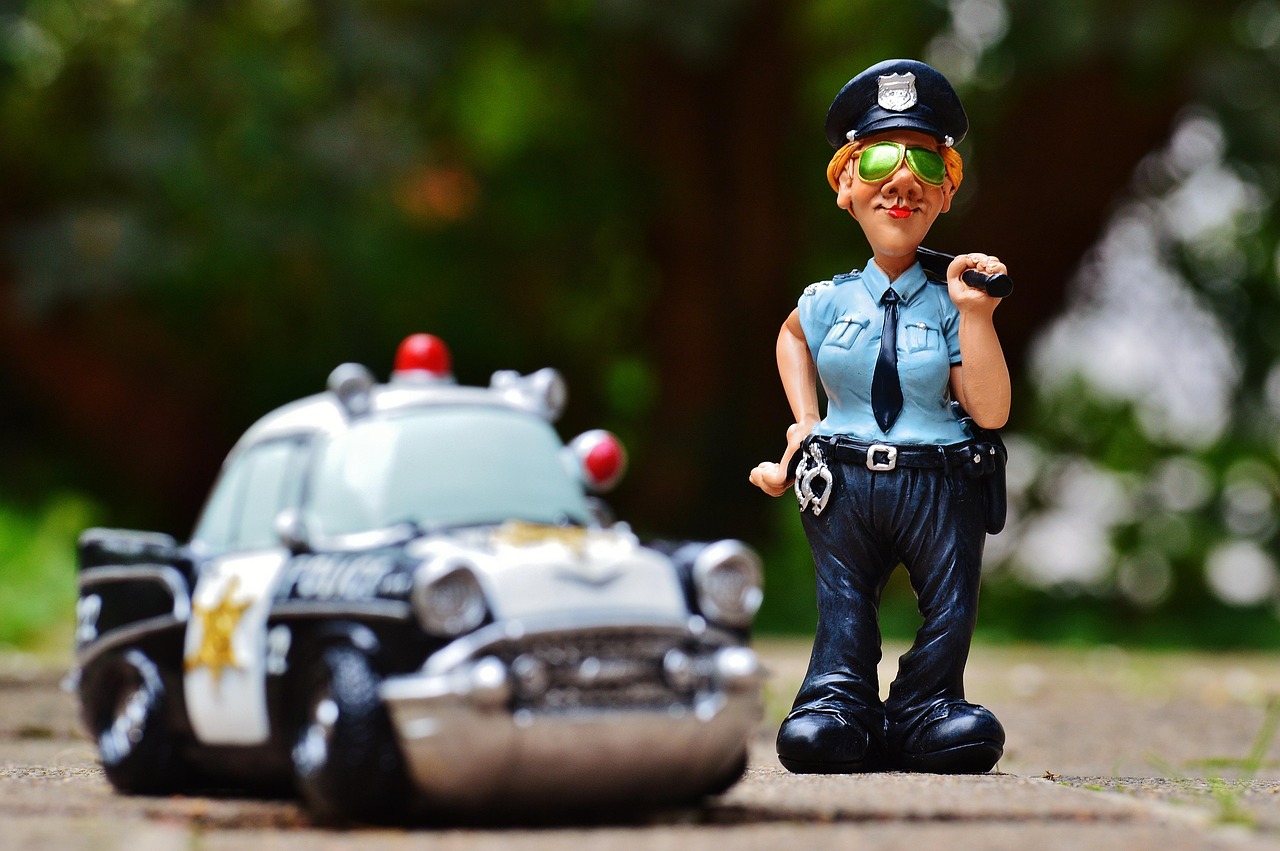
Al Capone reportedly took in $60 million in 1927. He had half the city’s police on his payroll. This wasn’t some Hollywood exaggeration – it was documented reality. Police officers who once might’ve made four thousand dollars a year suddenly found themselves with opportunities to make fifty times that amount just by looking the other way.
Some police had salaries much less than $4,000 a year. Yet they had up to $200,000 in the bank. That’s about $2,750,000 in today’s dollars. These weren’t isolated cases of a few bad apples. This was systematic corruption that reached into nearly every police department across the country. The financial incentives were simply too massive to ignore.
The Federal Bureau of Prohibition: A Corrupt Foundation

The newly created Bureau of Prohibition was supposed to be America’s answer to bootleggers. Instead, it became a symbol of institutional failure. By 1930, 1,587 out of 17,816 federal Prohibition employees had been fired for everything from lying on their applications to perjury, robbery, bribery, embezzlement and contempt of court. Nearly one in ten federal agents was corrupt enough to be fired.
Even Eliot Ness’s famous “Untouchables” weren’t completely clean. Yet even among the elite handful of “untouchable” agents, at least one was corrupt. If corruption could reach the most elite units specifically chosen for their integrity, imagine what was happening in regular enforcement divisions.
Coast Guard and Customs: Maritime Corruption
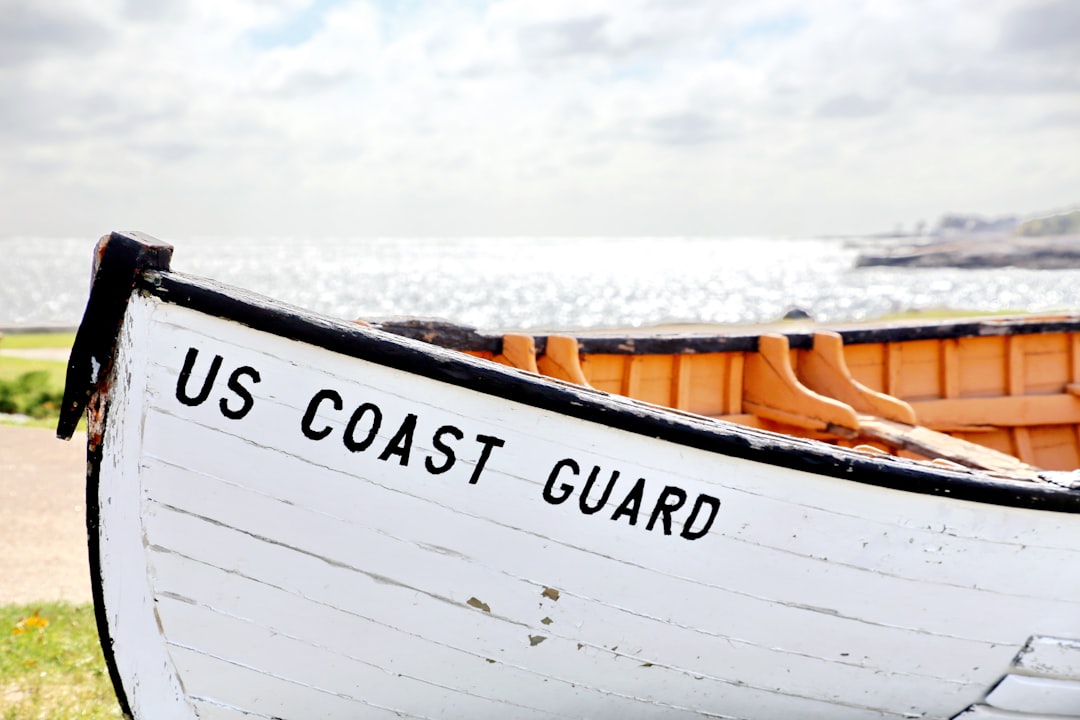
Many members of the US Coast Guard made huge profits by escorting rumrunning boats into ports. The ocean borders became highways for corruption, with government agents literally providing escort services for criminal enterprises. This wasn’t casual bribery – it was organized criminal activity by federal employees.
Customs agents often enjoyed a very common method of bribery. It was the “free night.” Bootleggers paid agents to be absent for a specific period of time on a specific night. During that time, smugglers could bring in large amounts of alcohol. The corruption had become so systematic that criminals could literally schedule their operations around bought-off federal agents.
The Judiciary: Justice for Sale
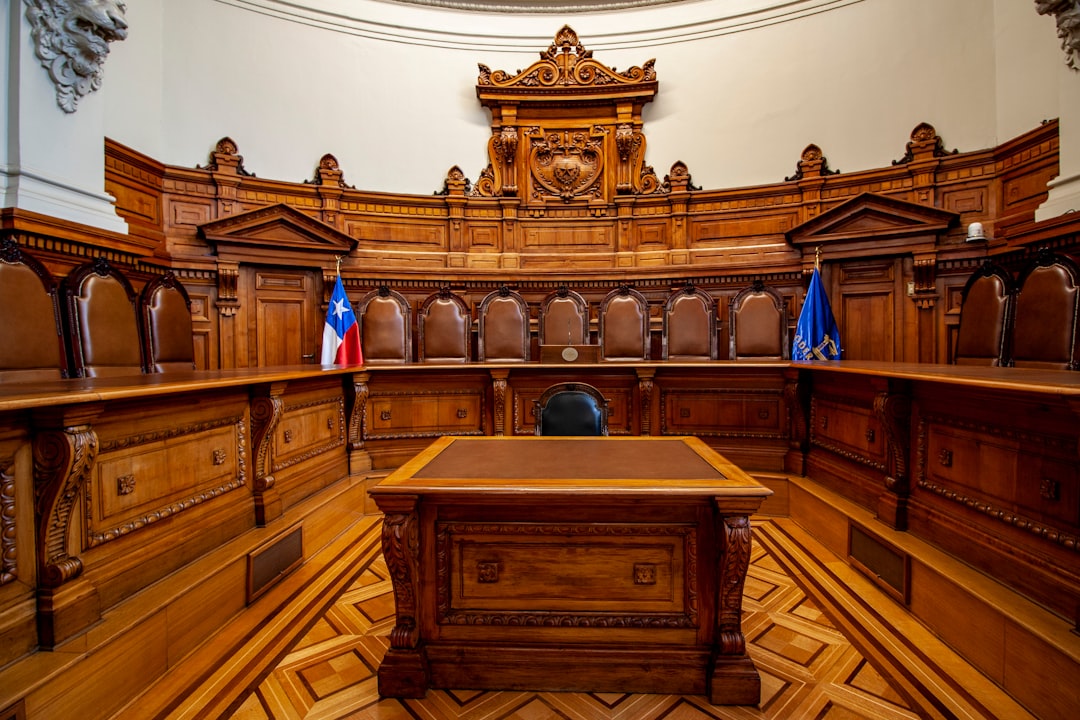
Judicial corruption during Prohibition also hindered prosecution. For instance, police caught bootleggers red-handed unloading moonshine from a barge in New Jersey. Yet prosecutors dropped all charges for supposed “lack of evidence.” The corruption wasn’t limited to enforcement – it extended deep into the court system itself.
In Philadelphia, the scale of judicial corruption was staggering. A jury found a city magistrate guilty of taking $87,993 in liquor bribes during his ten months in office. That’s about $1,250,000 in todays dollars. Ten months. That’s what a judge could make from corruption in less than a year – far more than most people made in a lifetime.
Political Leadership: Corruption at the Top
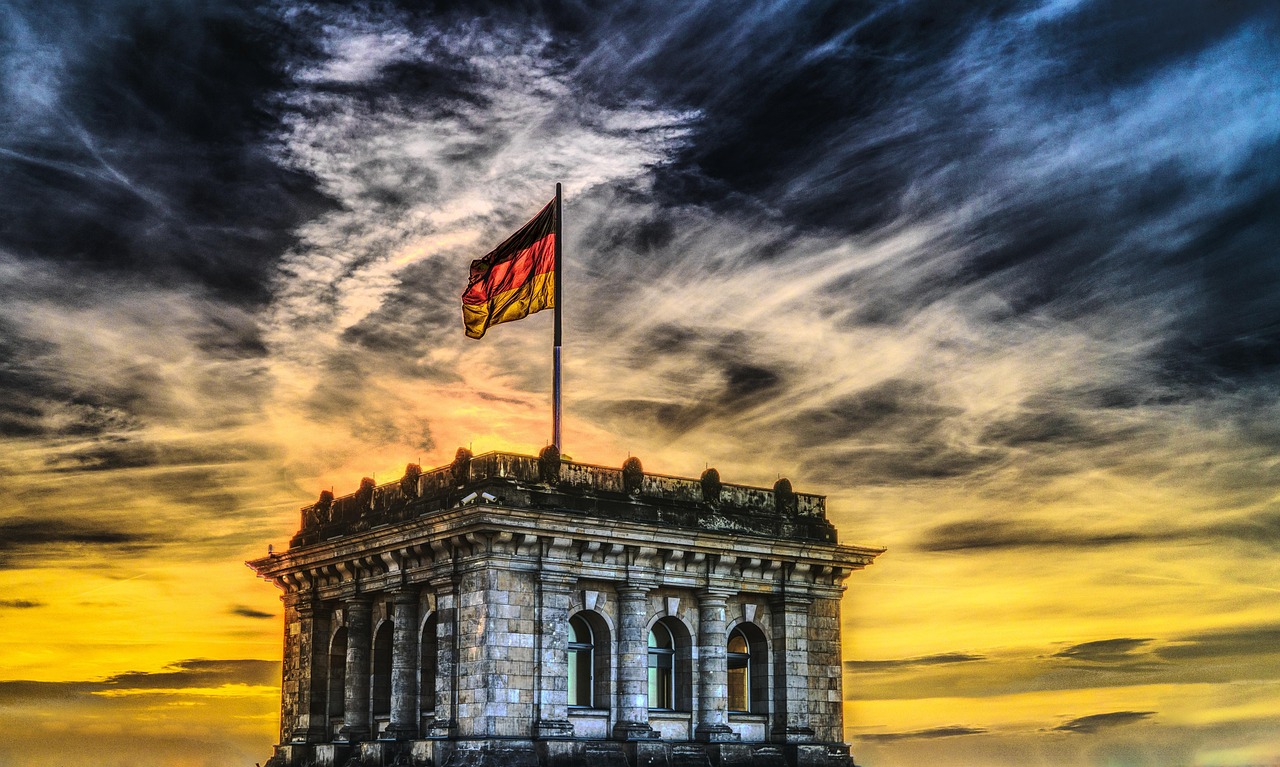
The corruption reached the highest levels of government. The highest law enforcement officer in the country is the Attorney General. US Attorney General Harry Daughtery was found guilty. He was selling moonshine. And he was giving licenses and pardons to offenders. He also took bribes from other bootleggers. When the nation’s top law enforcement official is running moonshine operations, you know the system has completely broken down.
Entire city governments were corrupted. South Jacksonville, FL. A federal grand jury indicted almost the entire city government. It included the mayor, chief of police, head of the city council, city commissioner, and fire chief. This wasn’t just individual corruption – it was institutional capture by criminal organizations.
The Chicago Crime Network: A Case Study
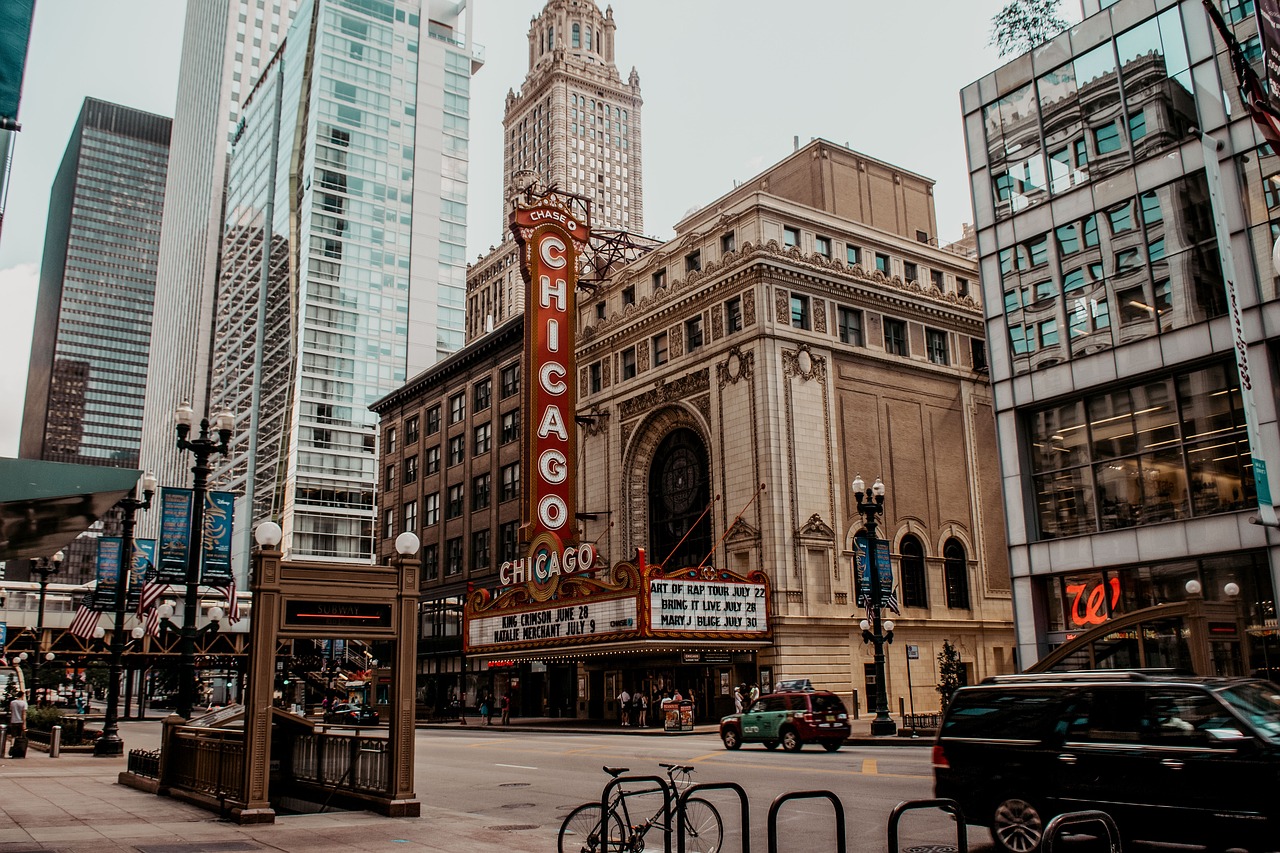
Research from the University of California, Davis revealed the true scope of corruption during Prohibition. In the pre-Prohibition period, Chicago’s organized crime network consisted of 267 individuals with 789 criminal relationships among them. During Prohibition, the network grew considerably, totaling 937 individuals with 3,250 criminal relationships among them. This wasn’t just growth – it was exponential expansion of criminal networks within government.
The researchers found that before Prohibition, more police were involved in organized crime than politicians, but the small group of politicians who were involved were more deeply embedded. As profits increased, corruption moved up the political ladder, concentrating power among fewer but more deeply corrupted officials.
The Economics of Corruption During Prohibition

Al Capone reportedly took in $60 million in 1927. He had half the city’s police on his payroll. With that kind of money flowing through criminal organizations, corruption became a simple business expense. Many of the high profits of bootlegging went to corrupt officials. It was a cost of doing business.
Major bootlegger George Remus estimated that corruption ate up roughly half his business expenses. Remus estimated that half his receipts went as bribes. When criminal organizations are budgeting fifty percent of their income for bribes, you’re looking at corruption on an industrial scale.
Local Government Collapse
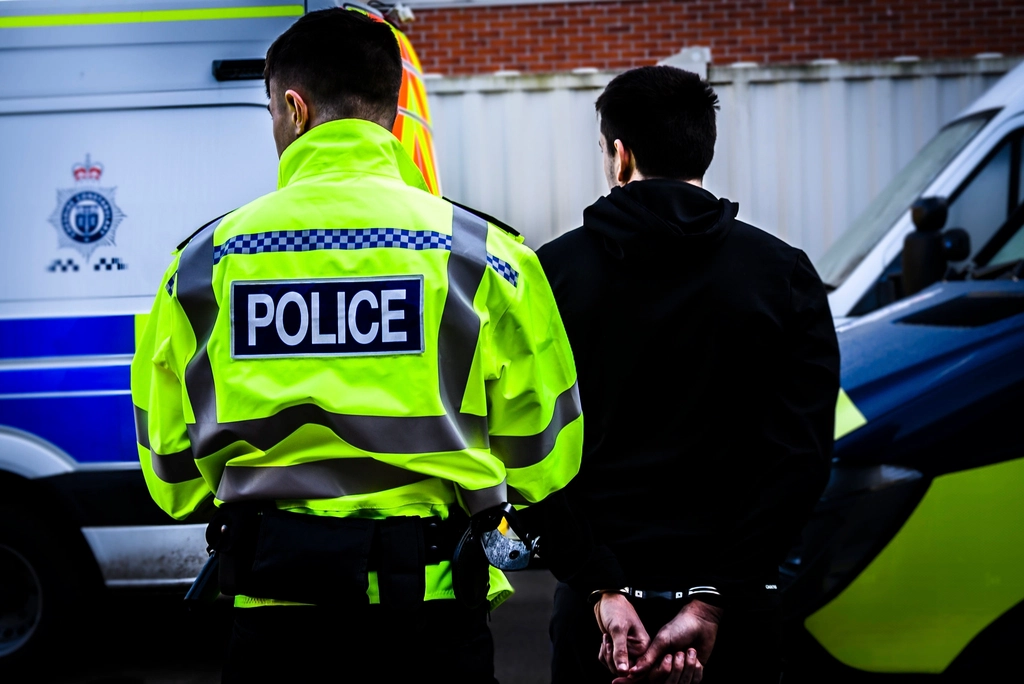
The corruption wasn’t limited to major cities. Small towns across America saw their entire power structures compromised. Boise, ID. Police arrested the police chief, the sheriff and a deputy sheriff, and a number of others. They were moonshining. The people tasked with enforcing Prohibition were manufacturing the very product they were supposed to eliminate.
Edgewater, NJ. The mayor, chief of police, a sergeant, and two detectives were arrested. They, along with a US customs inspector, and eight others were guilty of conspiracy. A rumrunner confessed that he had paid them $61,000. That was to help land liquor worth one million dollars. These weren’t isolated incidents – they were representative of a national pattern.
The Systematic Nature of Prohibition Corruption
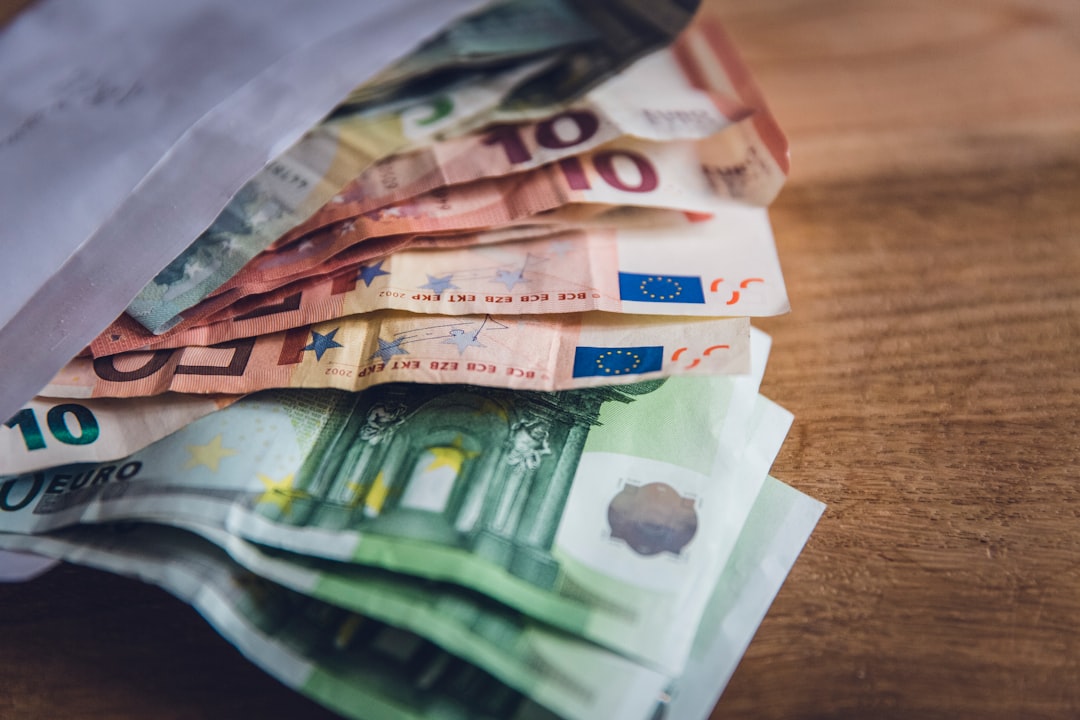
Research shows that based on the representative cases, 75 percent of state and local law-enforcement corruption is directly related to prohibition. Three-quarters of all police corruption during this period stemmed directly from trying to enforce the alcohol ban. This wasn’t coincidental – it was the inevitable result of creating a massive black market overnight.
The widespread corruption of public officials became a national scandal. The corruption was so pervasive that it inspired popular culture. This popular cartoon was about corruption during the era. Titled “The National Gesture.” It suggests the widespread nature of corruption. It portrays a prohibition agent, police officer, and elected official. Also a magistrate, petty official and member of the clergy. Each has his hand extended in the “national gesture.”
The Long-Term Impact on Public Trust
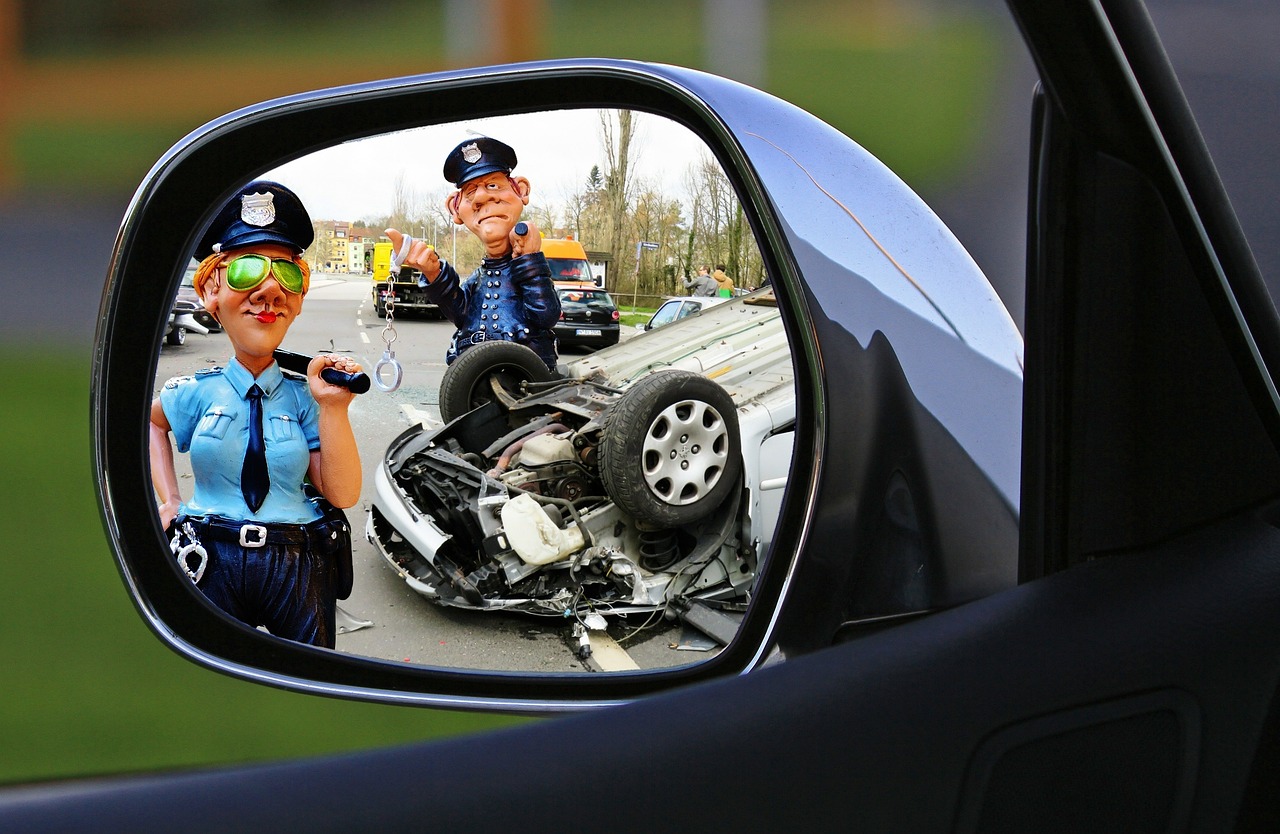
Police officers and Prohibition agents alike were frequently tempted by bribes or the lucrative opportunity to go into bootlegging themselves. Many stayed honest, but enough succumbed to the temptation that the stereotype of the corrupt Prohibition agent or local cop undermined public trust in law enforcement for the duration of the era.
The damage went beyond individual cases of corruption. The growth of the illegal liquor trade under Prohibition made criminals of millions of Americans. As the decade progressed, court rooms and jails overflowed, and the legal system failed to keep up. Many defendants in prohibition cases waited over a year to be brought to trial. The entire justice system was overwhelmed and compromised.
The Ultimate Failure of “The Noble Experiment”
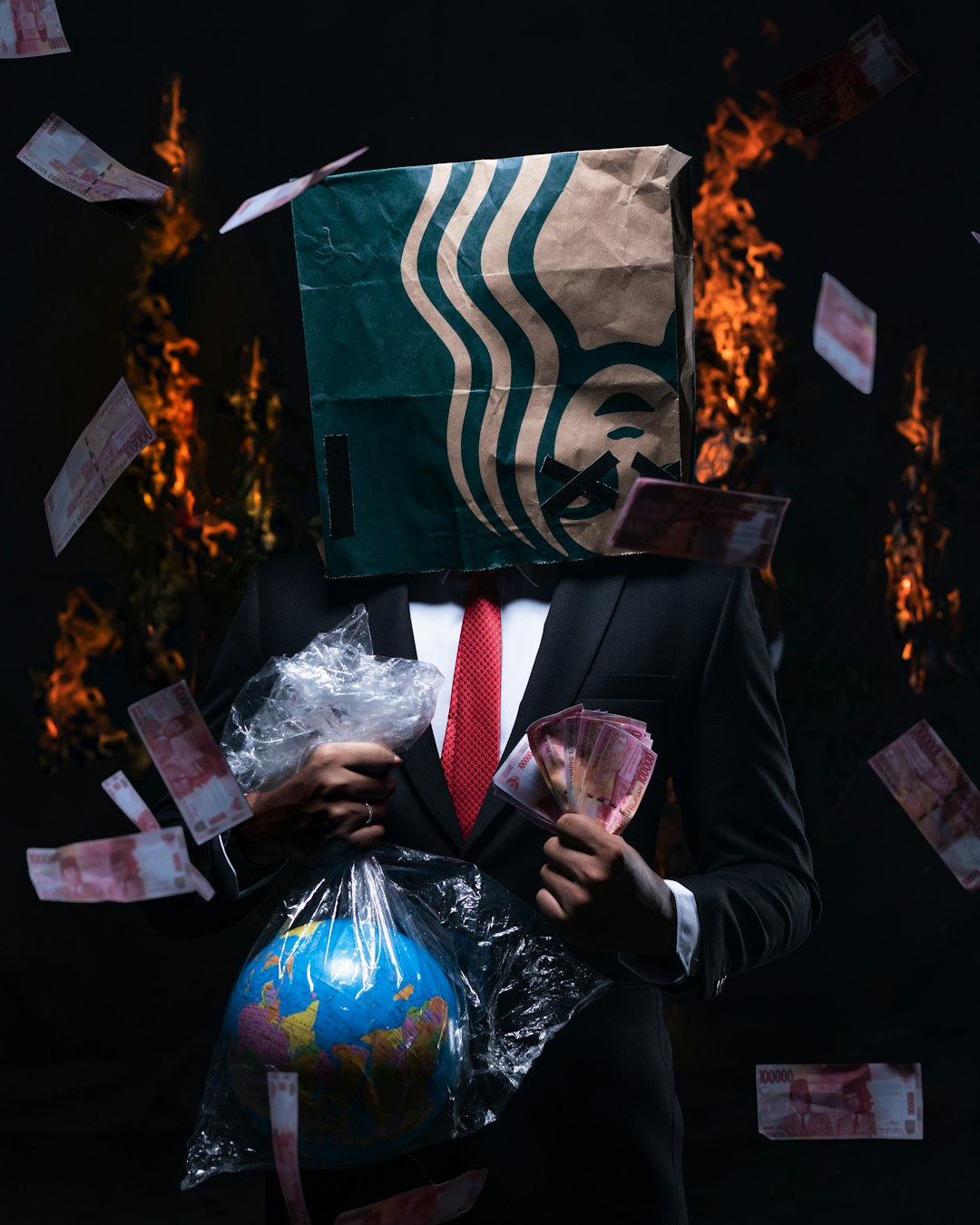
When Prohibition finally ended in 1933, it left behind a legacy of institutional corruption that would take decades to repair. It was unfortunate for the entire nation that the experiment failed as miserably as it did. The “noble experiment” had created the exact opposite of what it intended – instead of a more moral society, it created a more corrupt one.
The corruption during Prohibition wasn’t just about individual greed or moral failure. It was the predictable result of creating a law that made criminals out of ordinary citizens while generating enormous profits for those willing to break it. When you combine massive financial incentives with poorly paid government officials and widespread public opposition to the law itself, corruption becomes almost mathematically inevitable.
What’s most striking about Prohibition-era corruption isn’t just its scale, but how it infected every level of government from beat cops to the Attorney General. Did you expect that a law designed to improve America’s moral character would end up corrupting its entire government structure?



